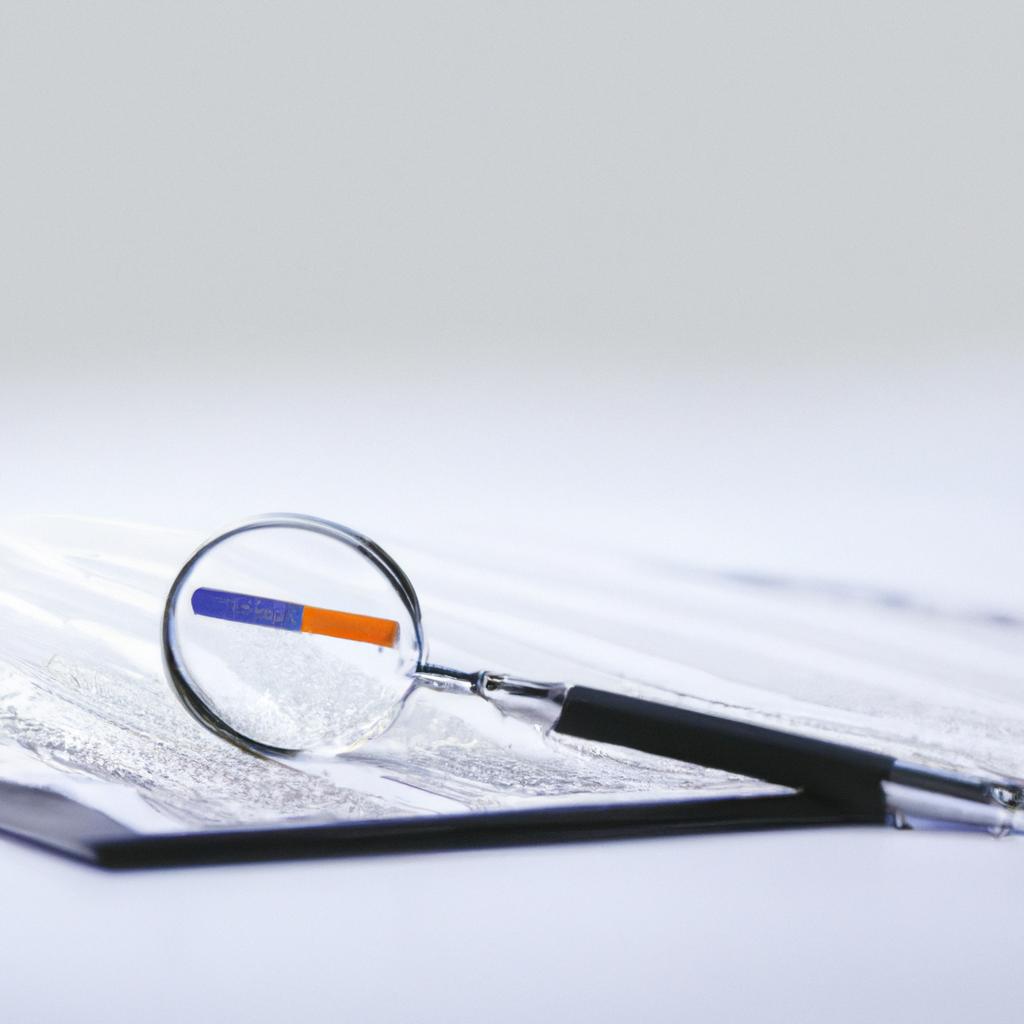**Developing Custom Deep Learning Models for Autonomous Drone Navigation Using OpenCV**
Developing Custom Deep Learning Models for Autonomous Drone Navigation Using OpenCV
Drones have transformed many industries, including delivery services and agricultural monitoring. Autonomous navigation maximizes drone efficiency. This post explores custom deep learning models for autonomous drone navigation using OpenCV.
Understanding Deep Learning in Drones
Deep learning enables machines to learn from data and mimics human brain neural networks. With deep learning, drones make environment-based decisions. Autonomous drones navigate complex terrains without human intervention.
What is OpenCV?
OpenCV stands for Open Source Computer Vision Library. It provides tools for image processing and computer vision tasks. Developers create algorithms that help machines interpret visual data. OpenCV supports various programming languages, enhancing versatility for deep learning projects.
Why Use OpenCV for Drone Navigation?
OpenCV excels in real-time image processing. Drones require quick decision-making capabilities. OpenCV’s efficiency allows drones to process camera images instantly. This feature proves vital for tasks like obstacle detection and path planning.
Steps to Develop Custom Deep Learning Models
Developing custom models requires several focused steps.
Data Collection
First, collect relevant navigation environment data. Use cameras mounted on drones to capture various scenarios. Gather images during different weather conditions and times of day. A diverse dataset improves model performance.
Data Annotation
Next, annotate collected data by labeling key features in images, such as obstacles and waypoints. Use tools like LabelImg or VGG Image Annotator. Accurate annotations help the model identify and react to its environment.
Model Selection
Choose an appropriate model architecture. Popular options include Convolutional Neural Networks (CNNs) and YOLO (You Only Look Once). These models excel at image classification and object detection. Select a model based on specific navigation needs.
Training the Model
Train the model by feeding it annotated data. Use a powerful GPU to speed up training. Monitor performance with validation datasets. Adjust parameters as needed to improve accuracy.
Fine-Tuning and Optimization
After training, fine-tune the model for better performance. Adjust learning rates and batch sizes. Use techniques like dropout and data augmentation to prevent overfitting. This process ensures the model generalizes well to unseen data.
Testing the Model
Once trained and fine-tuned, test the model in real-world scenarios. First, use a simulator to assess performance. Then, conduct flight tests with the drone. Evaluate how well it navigates obstacles and follows paths.
Integrating OpenCV with Drone Software
Integrate your deep learning model with drone software. Use OpenCV functions to process camera feeds in real-time. Implement algorithms for navigation and obstacle avoidance. Ensure smooth communication between the model and drone’s control system.
Real-Time Processing
Real-time processing is vital for autonomous navigation. OpenCV enables drones to analyze and respond to surroundings instantly. This capability allows for quick adjustments in flight paths, enhancing safety and efficiency.
Implementing Control Algorithms
Implement control algorithms to guide the drone. Use PID (Proportional, Integral, Derivative) controllers for stability. These algorithms help maintain the drone’s course while adapting to environmental changes.
Challenges in Developing Deep Learning Models
Developing custom deep learning models presents challenges. Data quality and quantity are crucial for model accuracy. Insufficient or poor-quality data can lead to inaccurate models. Additionally, computational resources may limit training capabilities.
Addressing Data Bias
Data bias can skew model performance. Ensure your dataset includes diverse scenarios. This approach helps the model learn to navigate effectively in various conditions. Regularly update your dataset to reflect environmental changes.
Keeping Up with Technology
The field of deep learning evolves rapidly. Stay updated with the latest advancements in algorithms and frameworks. Continuous learning improves models and methodologies. Engage with online communities, webinars, and research publications.
Conclusion
Developing custom deep learning models for autonomous drone navigation is exciting. OpenCV provides powerful tools to facilitate this process. Each step, from data collection to real-time processing, plays a vital role. As technology advances, staying informed and adaptable ensures success in this dynamic field. Embrace challenges and enjoy the journey of innovation in drone technology.
Below are related products to the topic if you’re interested:
FAQ
What is the role of deep learning in autonomous drone navigation?
Deep learning enables drones to learn from data and make environment-based decisions, allowing them to navigate complex terrains without human intervention.
Why is OpenCV preferred for developing deep learning models for drones?
OpenCV excels in real-time image processing, which is critical for drones that require quick decision-making abilities for tasks such as obstacle detection and path planning.
What are the key steps involved in developing custom deep learning models for drone navigation?
The key steps include data collection, data annotation, model selection, training the model, fine-tuning and optimization, testing the model, and integrating it with drone software for real-time processing.















Post Comment